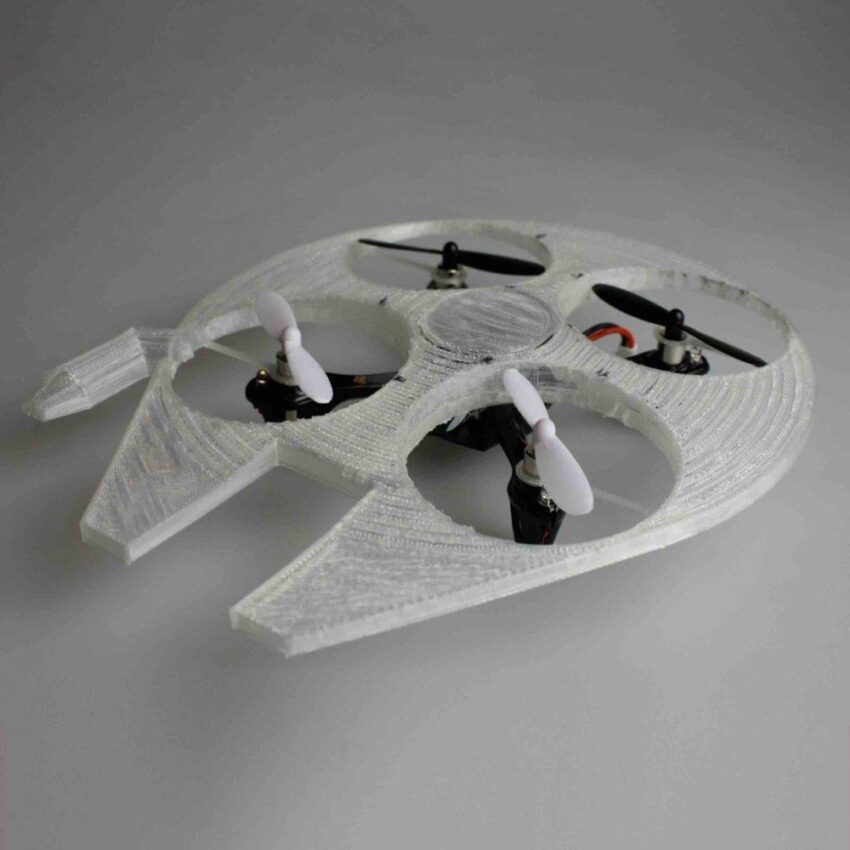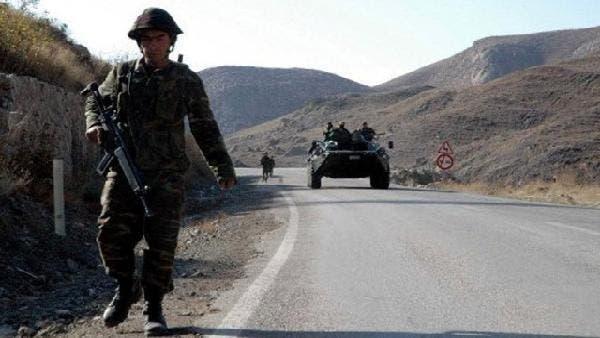3D-Printed Drones Revolutionizing Military Exercises in Poland
Next month, the U.S. Army is set to deploy innovative 3D-printed drones in a military exercise in Poland, a pioneering effort aimed at enhancing the detection of potential threats that go undetected by the human eye. Troops from the 2nd Multi-Domain Effects Battalion, stationed in Germany, plan to utilize two of these small, 3D-printed drones to identify various electromagnetic signals such as cell phones, routers, WiFi networks, radars, and other signatures that standard cameras may overlook. These drones come equipped with cutting-edge sensors designed to scan the electromagnetic spectrum, mapping unseen signals while pinpointing possible sources of hostile activity.
The ultimate goal of this testing phase is to evaluate the drones’ effectiveness in recognizing simulated threats, which will significantly aid military commanders in making quicker and more informed decisions within complex battlefield environments. Lt. Col. Aaron Ritzema, the commander of the 2nd Multi-Domain Effects Battalion, emphasizes the importance of this approach, stating, “The primary way I perceive adversaries is through their electromagnetic signature.” His objective is to replicate adversarial capabilities in this spectrum, thereby enhancing situational awareness.
An Ongoing Development
The Army’s initiative to incorporate 3D-printed drones underscores a broader vision of producing small, mission-focused drones in a more cost-effective and flexible manner. Sgt. 1st Class Tyler Baumgartner, the manager of the battalion’s innovation lab, shared insights on the project, noting how self-directed learning played a crucial role in improving the drone’s production quality. He stated, “When we encountered an issue, we either sought solutions from friends and partners or invested significant time in our own studies to find solutions.” This drive for innovation reflects the Army’s commitment to adapting modern technologies.
Although the drones are now ready for field testing, Chief Warrant Officer 2 Chris Lehr points out that the project is still a “work in progress.” Early trials did not fully meet the team’s expectations, highlighting the potential challenges that lie ahead. The upcoming exercises in Poland will be critical in determining whether the unit is prepared to scale up production, ultimately advancing the deployment of these 3D-printed drones as effective tools for electromagnetic threat detection.







